Preparing Your Garden For Spring
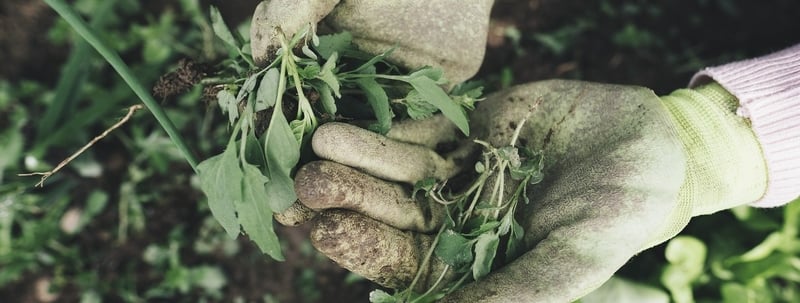
As we approach the end of winter, garden preparation for spring shoots to the top of the to-do list.
Warmer weather heralds a rush of new growth, flowering and planting opportunities. Now is the time to clean out, condition, plan and prepare.
Garden Spring cleaning
Your spring garden spruce-up will be that much easier if you start by removing unwanted clutter.
Clean up any dead leaves, branches, bark and other debris that may have accumulated in your garden beds over winter.
Do a thorough weeding, and remove any dead or diseased matter from your trees and perennials (for large trees or branches, seek assistance from a qualified arborist).
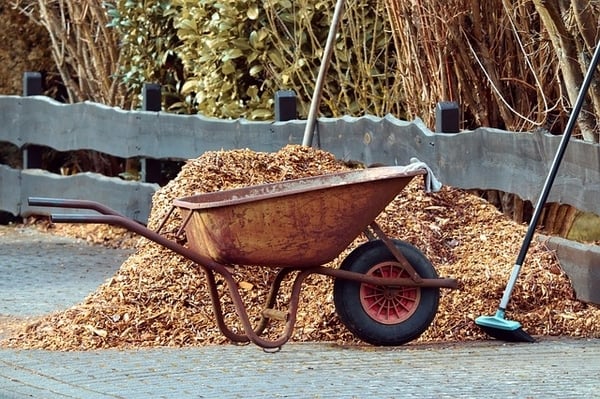
This sets up a ‘blank slate’ and enables you to see what you’re working with in terms of available space and soil condition.
It also brings your attention to all parts of your garden, alerting you to anything that needs attention or that you would like to change.
For example, garden structures such as retaining walls or fences may need repairing or replacing, or there may be an empty space that you want you fill.
Soil preparation
Now that you’ve made space in your beds, it’s the ideal time to give your soil some TLC.
Preparing soil for spring planting is particularly important in veggie plots, and beds that have previously contained flowering annuals or been unoccupied for some time.
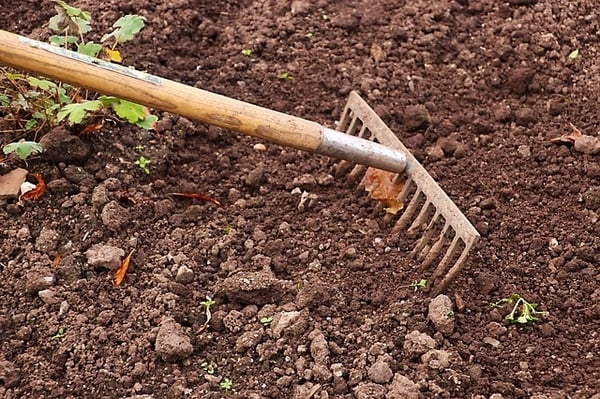
Benefits include replenishing nutrients in the soil, building soil fertility and enhancing soil structure for optimal water retention over the warmer months.
Ideally, you should begin preparing soil several weeks before you want to plant.
Start by adding a couple of centimetres of compost to inject new organic matter. As you work this into the soil, aim to loosen any areas that have become compacted.
Remove any rocks or old roots as necessary. Cultivating the soil helps it dry out and warm up, removes obstructions, and lets new roots penetrate more easily.
Planning for planting
This is the fun part.
Now that you’ve gained a thorough overview of how much space you have for new plants, planned positions, and checked soil conditions in those areas, you’re in a good place to choose your new additions wisely.
While it’s fine to be ambitious and try out new ideas, it pays to keep in mind the hard facts about the space you’re working with.
This includes your general climate zone, as well as the microclimate of your planting space.
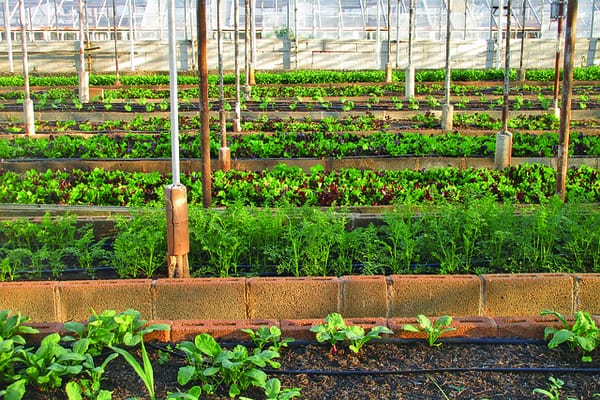
Sun-loving plants, such as Mediterranean herbs and most vegetable crops, simply aren’t going to thrive in a shade-heavy location, while woodland flowers won’t do well in full sun.
If you’re unsure, look to what is already growing well in your garden for inspiration.
Toolshed check-up
Finally, get in the shed and have a look at your garden tools. You’ll thank yourself once spring is in full swing!
Give everything a thorough clean, checking for things like blades that need oiling, and any items that may need repairing or replacing.
Dull blades or rusted wheels make your job harder!
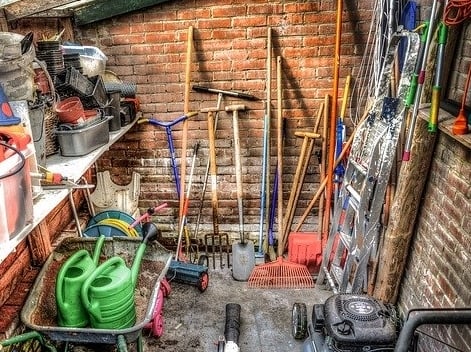
It’s also a good idea to look at your garden supplies such as stakes, nets, soft ties, seed-raising pots, labels, and anything else you may need to assist your chosen plants.
Our Gardener’s Advantage range has all the essentials.
Get started now!
Preparing your garden for spring is a brilliant way to shake off the winter blues and enjoy the outdoors, all while rebooting the vitality of your garden. Want more tips and tricks on spring gardening, including ideas on what to plant? Read more on our ‘What to plant in Spring‘ post!







Comments are closed.